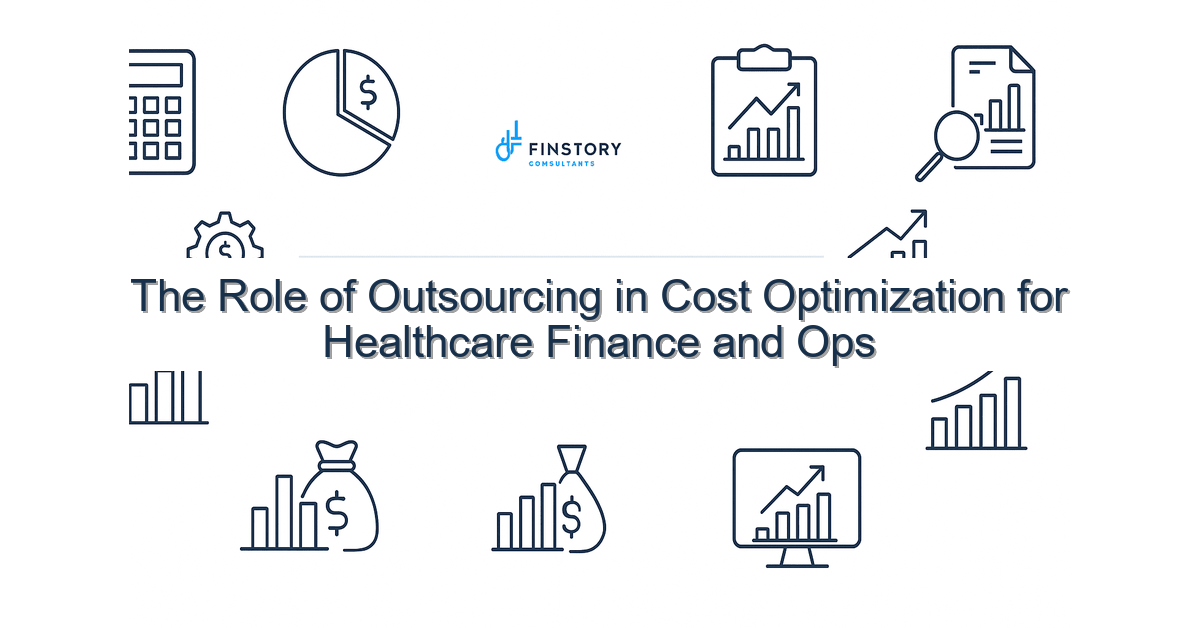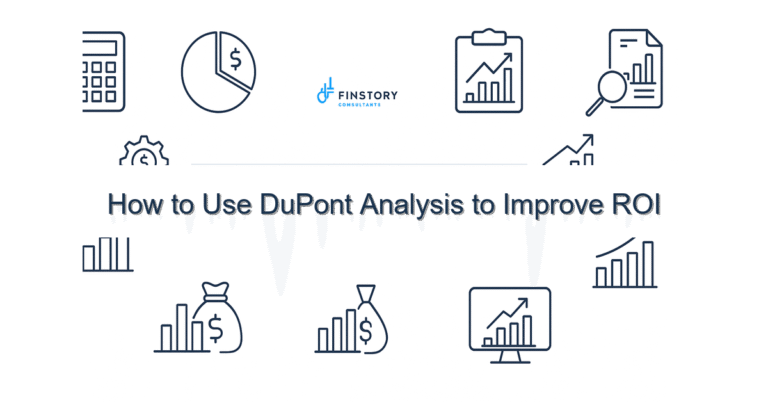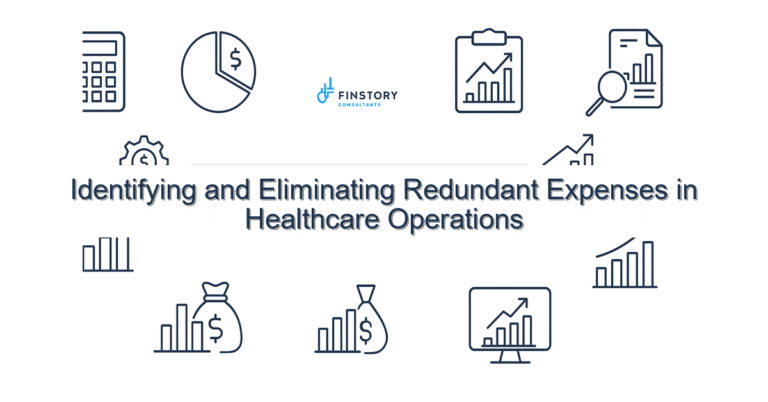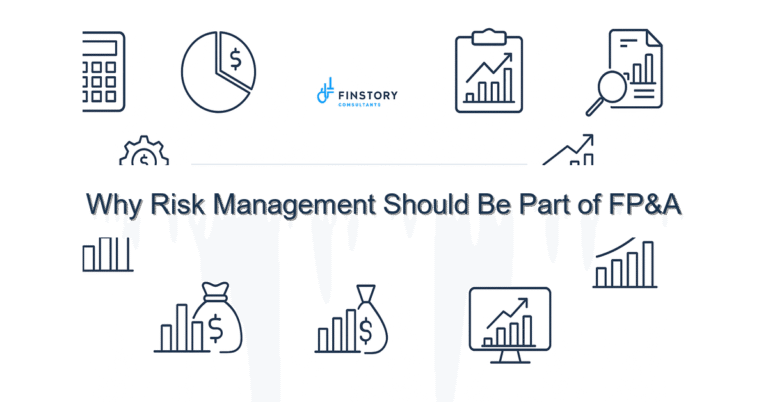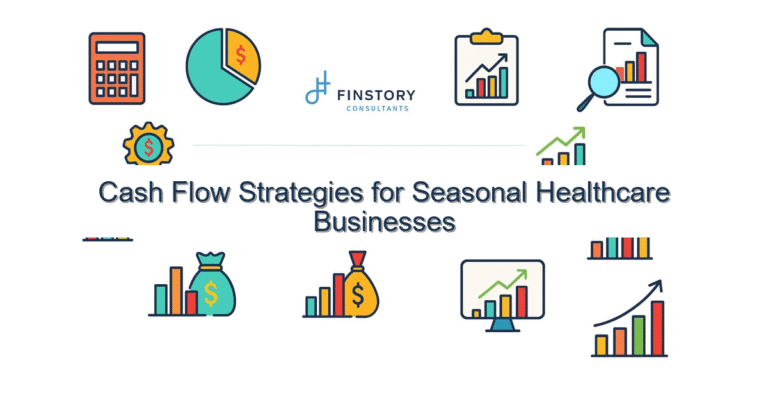The Role of Outsourcing in Cost Optimization for Healthcare Finance and Ops
You’re juggling tight margins, staff burnout, and the constant push to do more with less. Outsourcing isn’t an escape hatch—it’s a lever that, when used carefully, frees your team to focus on patient care and strategic finance.
Summary: Outsourcing targeted finance and operational functions—like AP, billing, and routine analytics—can reduce unit costs, shorten cycle times, and improve reporting accuracy. The right approach combines clear scope, metrics, and tech so you capture savings without losing control.
What’s the real problem?
Healthcare leaders face pressure from declining reimbursements, staffing shortages, and growing administrative complexity. Finance and operations teams spend valuable time on repetitive, low-value tasks instead of margin optimization, vendor strategy, and clinical partnership.
- Long invoice and claims cycles that tie up working capital.
- High per-transaction costs for AP, payroll, and billing due to manual effort.
- Data late, inconsistent, or hard to trust—leaders avoid acting on it.
- Teams stretched thin; strategic projects never get off the ground.
What leaders get wrong
Outsourcing isn’t a magic bullet. Common mistakes add risk instead of removing it—and often cost more in the long run.
- Picking vendors based on price alone and ignoring integration or quality measures.
- Outsourcing everything at once instead of starting with specific, high-impact processes.
- Failing to define success metrics and governance, then blaming the vendor when things stall.
- Underestimating change management—staff see outsourcing as downsizing, not reallocation of effort.
A better approach
Think of outsourcing as a modular tool. Use it to lower cost per transaction, accelerate closed-loop processes, and buy time for your team to focus on higher-value work.
- Identify the right targets: look for high-volume, repeatable tasks with clear inputs/outputs (e.g., invoice processing, eligibility verification, routine analytics).
- Define outcomes: set KPIs for cost per transaction, cycle time, error rate, and cash impact before signing anything.
- Design the integration: map data flows, required systems access, and escalation paths. Make Power BI or your BI tool the single source of leadership reporting.
- Run a time-boxed pilot: 60–90 days to prove value, measure handoffs, and adjust governance.
- Scale with governance: roll out in waves, embed SLAs, and transfer lessons to internal teams where appropriate.
Quick story: a regional health system outsourced AP invoice capture and coding. In 12 weeks the vendor cut manual touches by 70%, reduced cost per invoice from about $12 to $4, and shortened approval cycle time by half. The finance director used the savings to fund a part-time FP&A analyst who then built a rolling cash forecast—something that hadn’t been feasible before.
Quick implementation checklist
- List candidate processes and rank by volume, cost, and repeatability.
- Set 3–5 measurable KPIs for each candidate (cost, cycle time, accuracy, cash impact).
- Request vendor references and examples of healthcare-specific implementations.
- Map required integrations: EHR, ERP, billing systems, and BI layers (Power BI/Tableau).
- Run a 60–90 day pilot with clear acceptance criteria and weekly checkpoints.
- Establish governance: RACI, escalation paths, and a contract with SLAs tied to payments.
- Plan internal reallocation: who will take on analysis, vendor oversight, and process improvements?
- Set up leadership dashboards for week-over-week tracking and trend reporting.
What success looks like
- Cost per transaction reduced by 30–70% depending on process complexity.
- Cycle time improvements: invoice approval, claims adjudication, or payroll processing cut by 40–60%.
- Accuracy gains: error rates drop to under 2–3% where they were previously double digits.
- ROI: typical payback on implementation costs in 4–9 months for high-volume processes.
- Higher-value output: time freed for FP&A and operational improvement initiatives.
Risks & how to manage them
Top three risks are predictable and manageable if you plan for them.
- Loss of control or visibility. Mitigation: require dashboards, weekly reports, and direct access to the vendor’s case logs. Make your BI the single pane of glass.
- Data security and compliance. Mitigation: vet vendor SOC 2/HIPAA compliance, use least-privilege access, and include audit provisions in the contract.
- Change fatigue and staff pushback. Mitigation: communicate early, offer reskilling pathways, and show how work shifts to higher-value tasks.
Tools & data
Technology amplifies outsourcing returns. Don’t outsource into a black box—connect it to your data and reporting.
- Finance automation platforms for AP, AR, and payroll reduce manual touches and feed data into your ERP.
- Power BI (or your BI choice) should consolidate vendor KPIs, finance metrics, and operational indicators for leadership reporting.
- Robotic process automation (RPA) can handle deterministic tasks pre- or post-outsource to reduce exceptions.
- Standardize data definitions and a common dashboard taxonomy so leaders can trust comparisons across vendors and months.
Next steps
If you’re ready to explore outsourcing, start with a short diagnostic: 4–6 processes, baseline metrics, and a pilot plan. If you want an independent assessment of where to start—and how to protect your data and margins—reach out to Finstory for a brief, no-nonsense consultation.
Work with Finstory. If you want this done right—tailored to your operations—we’ll map the process, stand up the dashboards, and train your team. Let’s talk about your goals.
📞 Ready to take the next step?
Book a 20-min call with our experts and see how we can help your team move faster.
Prefer email or phone? Write to info@finstory.net
or call +91 44-45811170.
